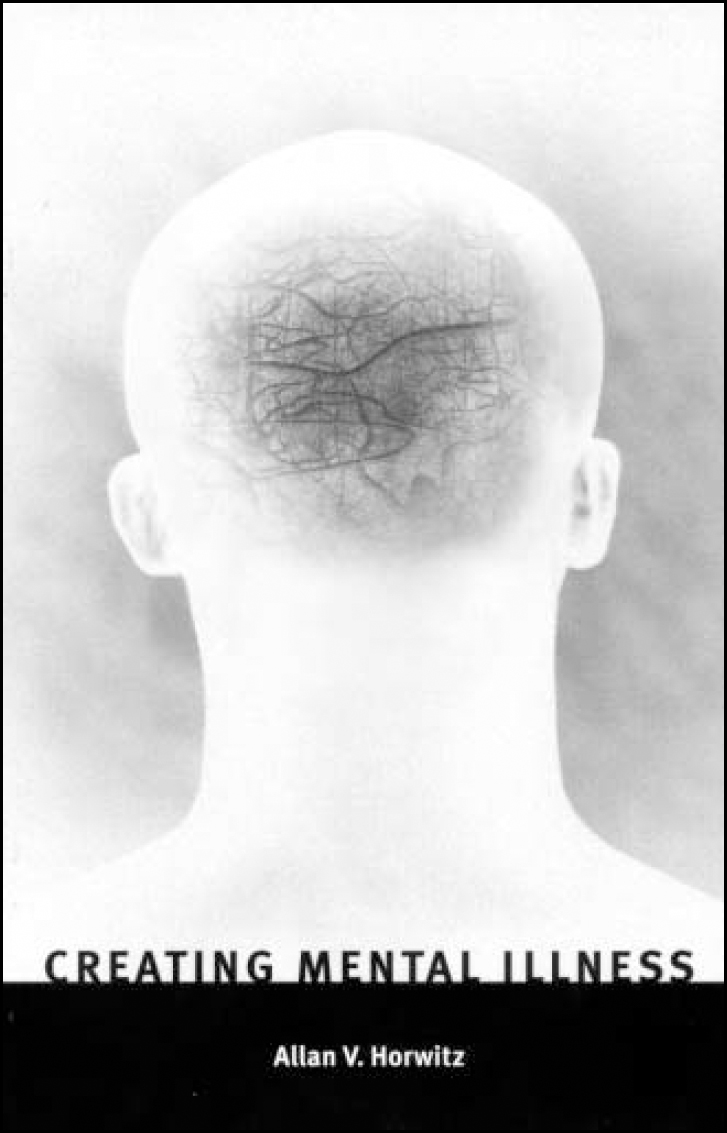This book enters the familiar debate that questions whether the diagnoses of psychiatry reflect true disease entities or whether, as many sociologists claim, they are social constructions impressed upon yielding human personalities by a society intolerant of diversity. The debate is perennial. Horwitz's contribution is to try to bring some balance to it. Once distinguished from each other, both elements (internal psychobiological and sociological) can be seen in varying proportions in most conditions. He argues that, even in major psychosis, symptom expression accords with social forms and fashions.

For more than half a century, until 1980, the dominant tradition in psychiatry was psychodynamic. However, with the publication in 1980 of DSM—III a different approach, ‘diagnostic psychiatry’, supervened. Horwitz is himself guilty of making generalisations from a specific sociocultural position: he writes a North American account which does not, I think, completely accord with a British or European one. Nevertheless, there is some correspondence between the two sides of the Atlantic. Throughout the first part of the 20th century, dynamic psychiatry expanded the boundaries of diagnosis, which in the 19th century had been largely restricted to the major psychoses. Under its influence, psychiatric diagnostics took in an increasing number of ailments that conformed not so much to disease entities but more to simple human malaise.
Subsequently, dynamic psychiatry became problematic because it did not lend itself easily to quantitative research or to specific treatments. By the late 20th century it had become estranged from the changing socioeconomic conditions and professional prestige. However, when diagnostic psychiatry made its come-back the ‘DSM did not so much overthrow dynamic psychiatry as reclassify the expansive range of dynamic behaviours into specific diagnostic entities’ (p. 17). Horwitz claims that this vastly increased range of diagnoses has muddied the waters, since many states classified as disease are connected more with social conditions and stress than with an internal dysfunction within the individual.
Horwitz's account of psychiatric history has some validity for those who entered the profession before the 1980 watershed. However, a historical account of this kind, demonstrating changing conceptualisations within psychiatry (especially the cyclical shift here from diagnostic to dynamic and back to diagnostic concepts) itself needs an explanation but seems to point to social factors. Similarly, he argues that diagnostics itself should be wary of social factors. Where his thesis is weakest is in his assumption that the DSM reflects diagnostics in actual practice. Over the past 20 years psychiatry has again contracted its priorities to focus on the major psychoses. Although there are specialities in other diagnostic categories, the majority of social resources are deployed for the pharmaceutical treatment and rehabilitation of patients with psychoses. In other words, in practice there is not much evidence of the diagnostic imperialism that Horwitz attributes to psychiatrists. It seems that there has been a more complete reversion to 19th-century psychiatry than Horwitz allows, in terms both of a concentration on the psychoses and of the confidence in, and privileging of, scientific technological solutions.
This book joins a long list of texts that psychiatrists ought to be reading, but on the whole are not. The very fact that there is a continuous production of books on the social contingency of psychiatry is witness to the inattention that psychiatrists pay to the nature of their own discipline.





eLetters
No eLetters have been published for this article.